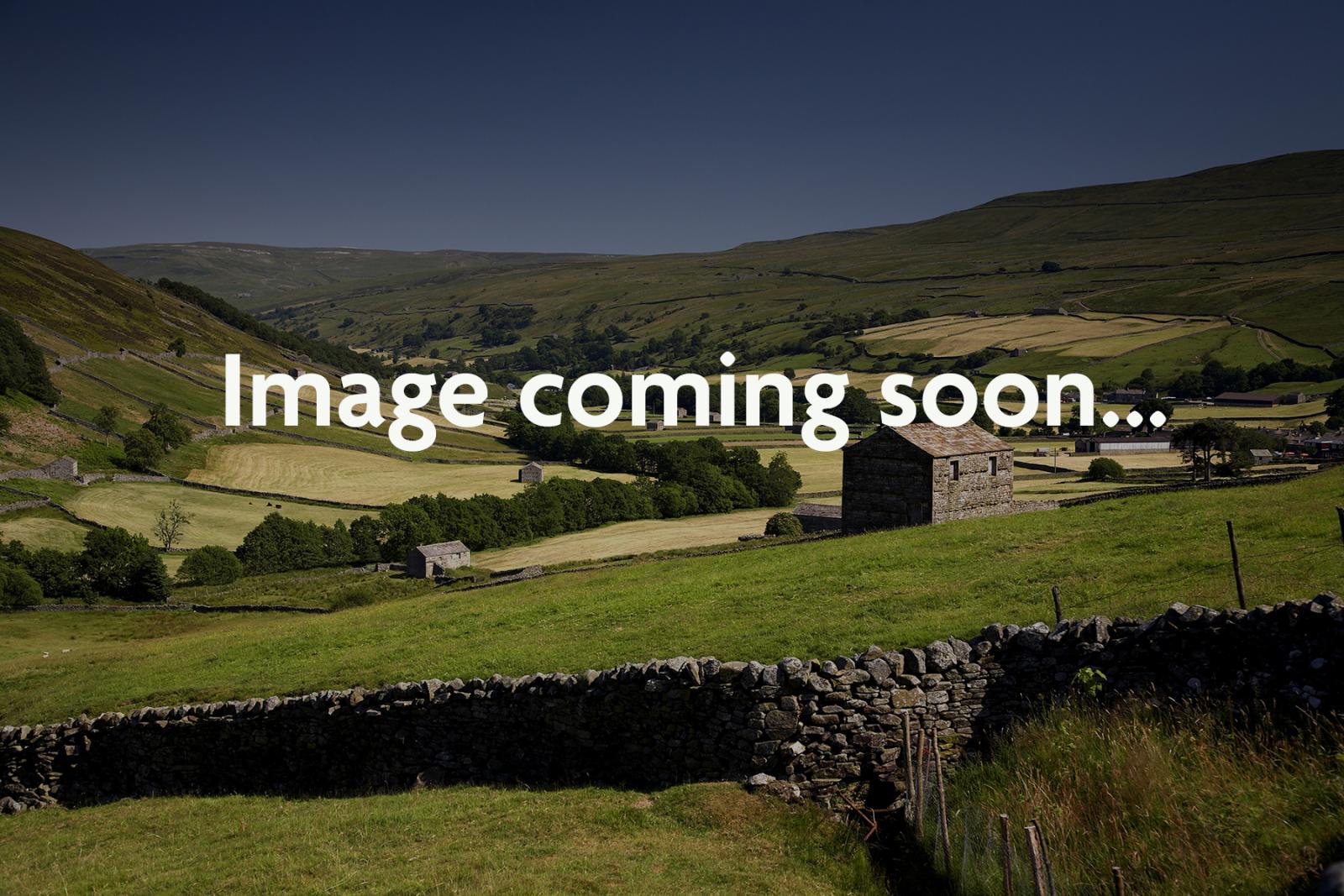Recently refurbished to a very high standard, The George blends contemporary comforts with the…

Our View
The abbey in this small village dates to Norman times, with decorative additions including the chancel added in the 14th century, but the site has older links to the earliest Christians. In AD 635 Cynegils, the Saxon King of Wessex, was baptised here by the missionary bishop Birinus. The bishop’s remains were interred here in a wooden church, but later moved to Winchester for safe-keeping. An Augustinian abbey was established in the 12th century, with supposed relics of Birinus making it a popular pilgrimage site. The remarkable Tree of Jesse window, with its ‘bent’ stone mullions, on the chancel’s north wall dates from this wealthy time. After the Dissolution, the building remained as a parish church, gaining a tower in 1602, and then undergoing restoration by William Butterfield in the 19th century. Further notable features include the Norman lead font, the 14th-century frescoes, and the Victorian Great East Window with its medieval glass. You can find out more about the history of the building in the Cloister Gallery, a modern extension constructed in 2001. The church celebrates its US connections, and owes much of its 20th-century restoration to the efforts of Edith Gratia Stedman and the American Friends of Dorchester Abbey. A museum in the Cloister Gallery tells the history of the church through its carved stonework (free, open daily May–Sep, 2–5).
Facilities – at a glance
Assist dogs allowed
Dogs allowed
Fully accessible
Features
- Parking nearby
- Fully accessible
- Facilities: Induction loop, ramps, wheelchair available
- Accessible toilets
- Open all year
- Opening Times: Open daily all year, 8am to dusk
Also in the area
About the area
Discover Oxfordshire
Located at the heart of England, Oxfordshire enjoys a rich heritage and surprisingly varied scenery. Its landscape encompasses open chalk downland and glorious beechwoods, picturesque rivers and attractive villages set in peaceful farmland. The countryside in the northwest of Oxfordshire seems isolated by comparison, more redolent of the north of England, with its broad views, undulating landscape and dry-stone walls. The sleepy backwaters of Abingdon, Wallingford, Wantage, Watlington and Witney reveal how Oxfordshire’s old towns evolved over the centuries, while Oxford’s imposing streets reflect the beauty and elegance of ‘that sweet city with her dreaming spires.’ Fans of the fictional sleuth Inspector Morse will recognise many Oxford landmarks described in the books and used in the television series.
The county demonstrates how the strong influence of humans has shaped this part of England over the centuries. The Romans built villas in the pretty river valleys that thread their way through Oxfordshire, the Saxons constructed royal palaces here, and the Normans left an impressive legacy of castles and churches. The philanthropic wool merchants made their mark too, and many of their fine buildings serve as a long-lasting testimony to what they did for the good of the local community.
Nearby stays
Places to Stay
Dining nearby
Restaurants and Pubs
Why choose Rated Trips?
Your trusted guide to rated places across the UK
The best coverage
Discover more than 15,000 professionally rated places to stay, eat and visit from across the UK and Ireland.
Quality assured
Choose a place to stay safe in the knowledge that it has been expertly assessed by trained assessors.
Plan your next trip
Search by location or the type of place you're visiting to find your next ideal holiday experience.
Travel inspiration
Read our articles, city guides and recommended things to do for inspiration. We're here to help you explore the UK.














